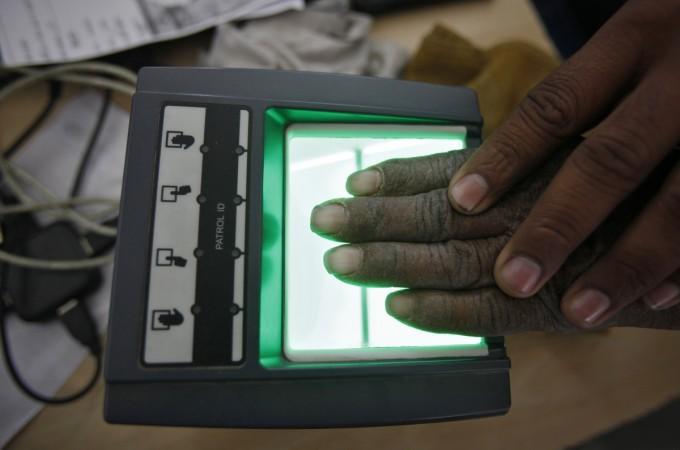
India has reportedly covered close to 80 percent of the country's population under the biometric-based Aadhaar ID scheme.
"Today we have 99 crore Indians on Aadhaar. In case of the Direct Benefit Transfer scheme, Rs 15,000 crore was saved and in case of PDS, Rs 2,346 crore was saved in four states [due to this scheme]," PTI quoted Ravi Shankar Prasad, Union minister of communications and information technology, as saying.
The Central government also allayed the privacy concerns with regard to Aadhaar ID scheme.
Even if the users give consent, the government will not share biometric details, Prasad said during Question Hour in Parliament. He added no foreign agency has been handed contracts for the Aadhaar registration scheme in India.
It has been learnt that the Aadhaar scheme's data collection is based on a three-tier architecture — first the state government, then public-sector banks and finally the common service centre. Once the biometric details are collected, they get encrypted and sanctity is maintained.
As of now, Aadhaar card is being used for direct transfer of money to citizens' bank account with regard to Liquid Petroleum Gas (LPG) subsidy, the MGNREGS (Mahatma Gandhi National Rural Employment Gurantee Scheme) and the PDS (Public Distribution System) ration scheme in select states. In coming days, more goverment services are expected to be connected to the Aadhaar ID system.














